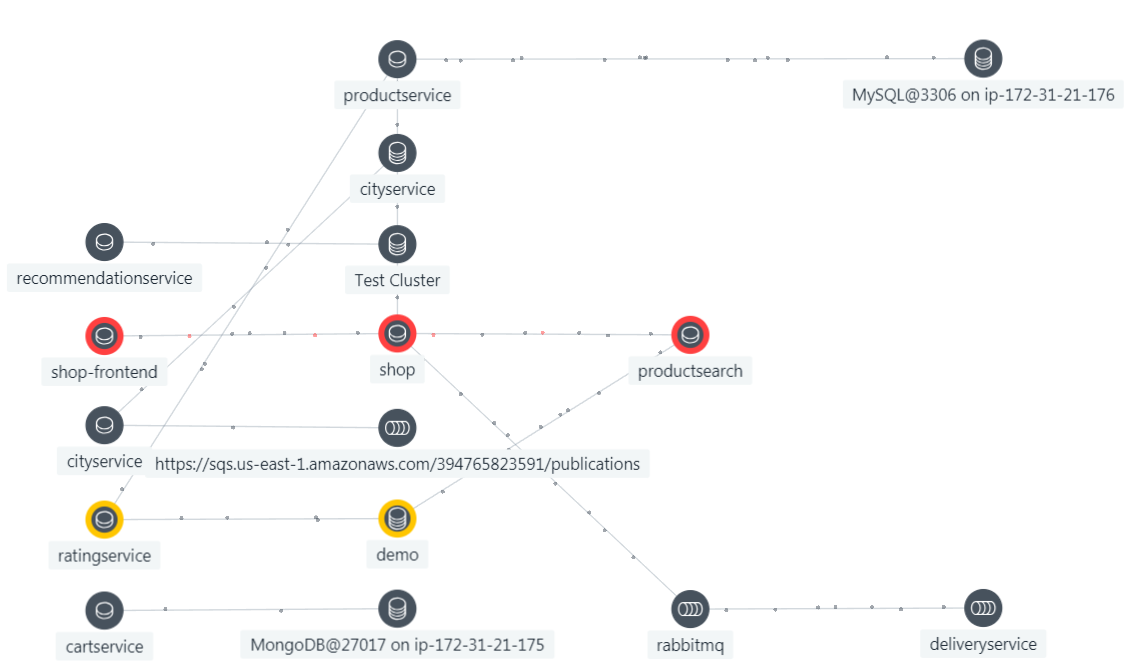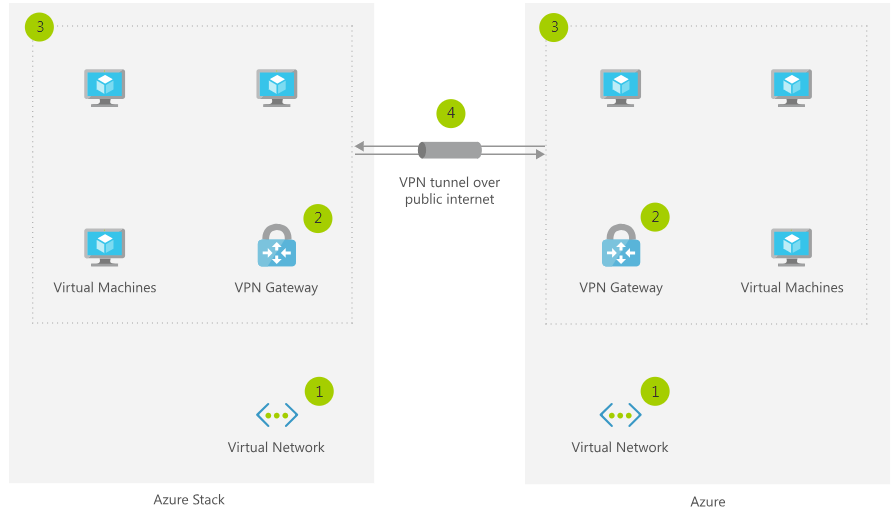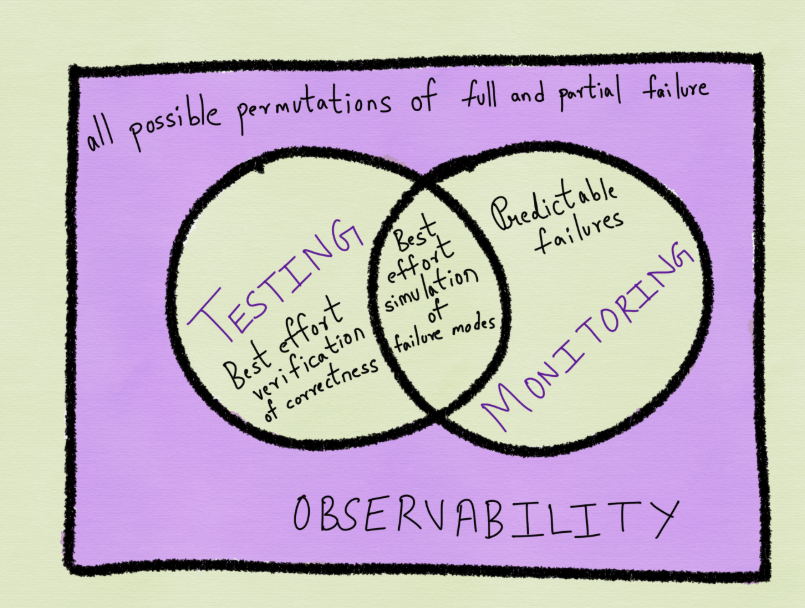With the acquisitions of Red Hat, Instana, and now Turbonomic, IBM has finally reestablished itself as a vendor that matters in the infrastructure software business. Not since the days (a long time ago) when WebSphere and DB2 were important products has this been the case.
Ever since Microsoft negotiated IBM into using its DOS operating system in the IBM PC, and then beat back OS/2 with Windows NT (which is the foundation of Windows as we know it today), IBM has been largely irrelevant in the field of infrastructure software. The best way to understand this is that absent the products from Red Hat and Instana, when someone goes to build and run a new cloud native application, do they use any significant products from IBM to either build these applications or run them in production? The answer is is generally no. There was a time when WebSphere was an important Java platform, but WebSphere was eclipsed in this role a long time ago by open source frameworks like Spring and Tomcat, is is today relegated to a legacy position by modern frameworks like SpringBoot and OpenShift (from Red Hat).
When IBM acquired Red Hat, it stated that this transformed IBM into “a cloud company”. For this to be true, Red Hat would have had to have been a cloud company which it is not. The vast majority of Red Hat’s business is licensing RHEL to customers who run it in the on premise data centers. Customers do use Red Hat OpenShift as an abstraction layer across clouds to allow for application portability across clouds, but this alone was not enough to make IBM into either a cloud company or a modern and relevant software vendor.
Acquiring Instana accomplished two purposes. The first is that Instana is absolutely a best in class Application Performance Management solution. So the first objective is that in one fell swoop, the legacy portfolio of Tivoli monitoring and management solutions just got a serious refresh. The second objective was to give IBM a serious play in the cloud native space as Instana is widely used by “cloud first” enterprises to monitor their next generation containerized and microservices based cloud native solutions running in public clouds.
It has been the case for quite some time, that automation has been a highly desired destination and strategy for the monitoring industry. For an idea of for how long this has been the case, IBM announced “Autonomic Computing” in 2002, almost 20 years ago. Of course, Autonomic Computing, like all similar attempts at that time failed miserably. It failed miserably because even then the pace of innovation was so high, that the automation software could not keep up with how quickly the execution environment was evolving.
Now comes the announcement that IBM has acquired Turbonomic, arguably the only company that has actually made a commercially successful business out of automating away performance and reliability problems with modern highly dynamic applications running in modern virtualized and cloud based environments.
OpenShift + Instana + Turbonomic
Someone in charge of acquisitions at IBM is clearly thinking in a very strategic way about how to position IBM for the era of the cloud and cloud native applications. IBM is an also-ran in the cloud platform business lagging far behind Amazon, Microsoft and Google. But that is not the end of the story, nor is it the end of the opportunity. IBM now has a powerful story to tell, and more importantly a powerful set of software assets to help its customers manage their cloud environments:
- With OpenShift, IBM has arguably the best platform to run applications in the cloud, ensure application portability across clouds, and implement dynamic operation of these applications (through the integration of Kubernetes into OpenShift). So IBM is now a go to vendor for customers who do not want to be locked into their cloud providers.
- With Instana, IBM has a best of class (possibly the best in class) solution for monitoring containerized, microservice based cloud native applications in modern dynamic clouds. So Instana and OpenShift fit very well together (and Instana already has first class integration with OpenShift). It is also the case that Instana is further down the road towards being a true Observability vendor than most of its peers in the APM space (see “Ranking the Observability Vendors“)
- With Turbonomic, IBM has the best solution for automatically ensuring the performance and capacity of cloud native applications while also automatically optimizing the cost of running these applications in the cloud. The key thing that Turbonomic has always needed was a way to actually measure the response time and throughput of the transactions that the customer cares about as Turbonomic was in the business of automatically changing the cloud environment, not in the business of collecting these metrics themselves. Integrating the performance metrics (the Four Golden Signals) from Instana into Turbonomic allows the benefits of Turbonomics automated performance and cost optimization to be applied to the cloud native applications and transactions monitored by Instana.
There is also a longer term strategic opportunity for IBM that lies in the integration of the metrics from Instana with the automation from Turbnomic with the automation inherent in the Kubernetes functionality in OpenShift. While Kubernetes is capable of a great deal of automation on its own, it lacks visibility into the actual business transactions and their performance. This limits the utility of the automation inherent in Kubernetes and actually creates situations where that automation can actually cause problems. The data (metrics) from Instana combined with the automation engine from Turbonomic, now position IBM to have an automation solution that is far superior to any vendor that simply repackages Kubernetes.
The wild card in all of this is the IBM Watson portfolio of AI technologies. It is the case that modern cloud native environments are changing constantly. For AI to be useful in such rapidly changing environments the AI must be capable of continuously learning the new normal and distinguishing it from actual anomalies without generating false alarms to the customer. The AI in Instana and in Turbonomic is designed for this use case. It remains to be seen whether or not Watson will end up being more than a marketing brand in this space.




